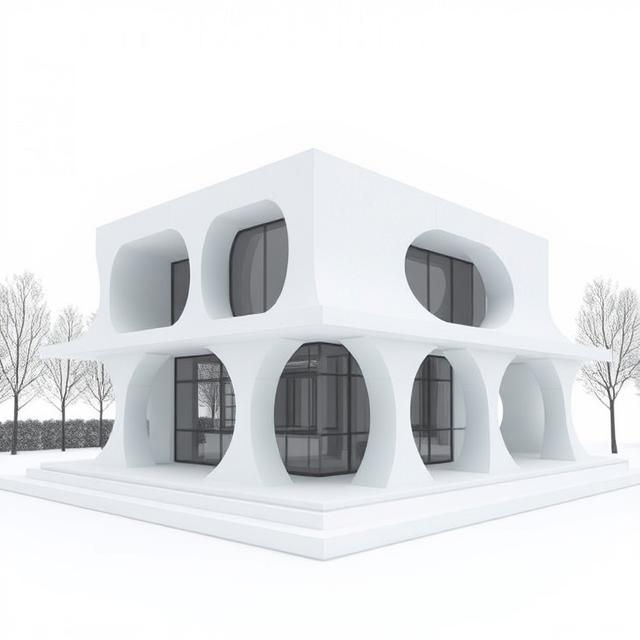THE IMPACT OF 3D PRINTING ON ARCHITECTURE
- DE MODE

- Jul 23
- 2 min read
ORIGINALLY PUBLISHED IN DE MODE
Article Published on: 23RD JULY 2025 | www.demodemagazine.com
3D printing, also known as additive manufacturing, is revolutionizing the field of architecture by transforming how buildings and structures are designed and constructed. This innovative technology enables architects to create complex, customized designs with precision, speed, and cost efficiency that traditional construction methods often cannot match.
One of the most significant impacts of 3D printing on architecture is its ability to reduce construction time and costs. Entire building components, or even small houses, can be printed in a matter of days rather than weeks or months. This acceleration not only saves labor costs but also makes housing solutions more accessible, particularly in regions affected by natural disasters or housing shortages.

Sustainability is another key advantage. 3D printing uses materials more efficiently, generating less waste compared to conventional methods. Additionally, it allows for the use of eco-friendly or recycled materials, supporting the push toward greener construction practices.
Architectural creativity has also expanded due to 3D printing. Intricate, organic, or non-linear shapes that were once costly or impossible to achieve are now within reach. This freedom encourages innovative and futuristic designs, reshaping urban landscapes and redefining architectural possibilities.
Moreover, 3D printing enhances customization. Architects can design tailored structures based on specific environmental, cultural, or client needs without the constraints of mass production techniques.
However, the technology is still evolving. Challenges such as limited scalability for large projects, material durability, and regulatory hurdles remain. Yet, as advancements continue, 3D printing is expected to play a central role in the future of architecture.
Ultimately, 3D printing is not just a tool but a paradigm shift—blending innovation, efficiency, and sustainability to redefine how we design and build the spaces we live and work in.



Comments